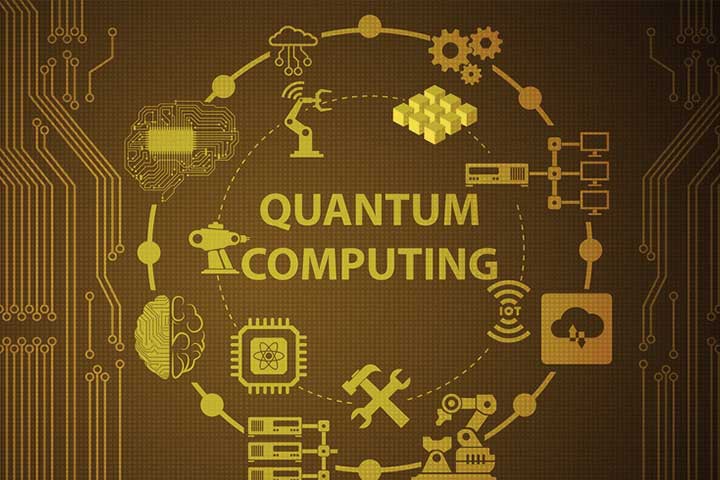The Promising Advance In Quantum Computing

The quantum revolution is beginning. While there is still a long way to realize its potential, it can bring business benefits down the road. Some, almost already.
China announced 2017 the first satellite video conference via quantum cryptography. His dizzying investments in leading the quantum future alarmed the United States Senate. In the heat of this competition from colossi, other countries such as Germany, Israel, South Korea, Japan, the United Kingdom and Canada increased investments. It also speeds up the private competition. In less than a year, there have been milestones: the first processor for commercial use with 127 qubits, the primary processing unit in quantum computing beating the previous one of 53, with figures unthinkable five years ago; or computing as a service in the cloud for research centres and companies.
For what purpose? Although it has not yet gone beyond the experimental embryo, access to that immense processing capacity promises to solve problems of a complexity that is simply impossible for current computing. The latest processors perform three-minute calculations that would take the largest supercomputer thousands or perhaps millions of years. This does not mean that truly operational quantum computing is anywhere near jumping from 127 to a million qubits. The experts integrated into teams that have signed these advances say that this moment will take one, two or three decades. Because it still keeps them up at night to solve the gigantic quantum handicap: its instability. The operation of the qubits lasts for fractions of a second. Since their results are intertwined —one of their significant advantages, on the other hand—they can influence each other by adulterating the calculation. They consume a huge amount of energy and need to be refrigerated to -273 degrees. Huge investments are in it; they are taking effect, and it is progressing faster than expected, but the dream of the quantum personal computer is just that, a dream.
Of course, when it becomes a reality sooner than later, the technological leap will surpass any previous revolution. It would be comparable, they say, to the flight between the abacus and the current computer because its change in computing paradigm is such that it forces us to rethink and redesign everything, each component of the processor, hardware, software and algorithms. What does not change is that its technological evolution will be progressive. That milestone-by-milestone path will pay increasingly consistent benefits. For starters, it will enhance knowledge of classical computing, in the same way that understanding neural networks has fueled artificial intelligence. The first yields will materialize —they already do so, although in prototype mode— in the sectors that use prospective tools, scenario simulators or complex models with dynamic variables that influence each other, from the weather to the financial markets, the logistics systems or the risk forecasting in the insurance world.
Another macro-sector that will fully impact is the material world of physics and chemistry. Quantum computing involves controlling the behaviour of matter at the level of molecules and atoms. Once operational, it can also be applied to control matter at those scales. Translated into industrial language, it could manipulate physics and chemistry to the point of creating new materials on-demand, in theory, capable of freeing the bottlenecks that suffocate us today, from components free of materials as prohibitive as rhodium or palladium to those that could replace lithium in batteries with much more capacity. It would be a power that could potentially be extrapolated to any other material or substance, for example, to develop ad hoc drugs against a pandemic in days, not years,
Other practical applications that promise to mature: the computer industry itself —the quantum and the conventional would coexist for decades in a hybrid model—the evolutionary leap in artificial intelligence and cybersecurity forced to revolutionize itself because a quantum computer could unravel the most current encryptions. Opaque. It aspires to overcome historical barriers in the physical world and knowledge as we conceive it today. But what about quantum computing itself? Don’t you have your bottlenecks? Yes, also of materials and knowledge. It will depend on the investments being patient even if the results do not arrive. And in terms of knowledge, we are talking about a paradigm so new, so different, that it needs an army of quantum specialists with another mental framework to develop its applications.
Also Read: Technology Trends For Businesses
